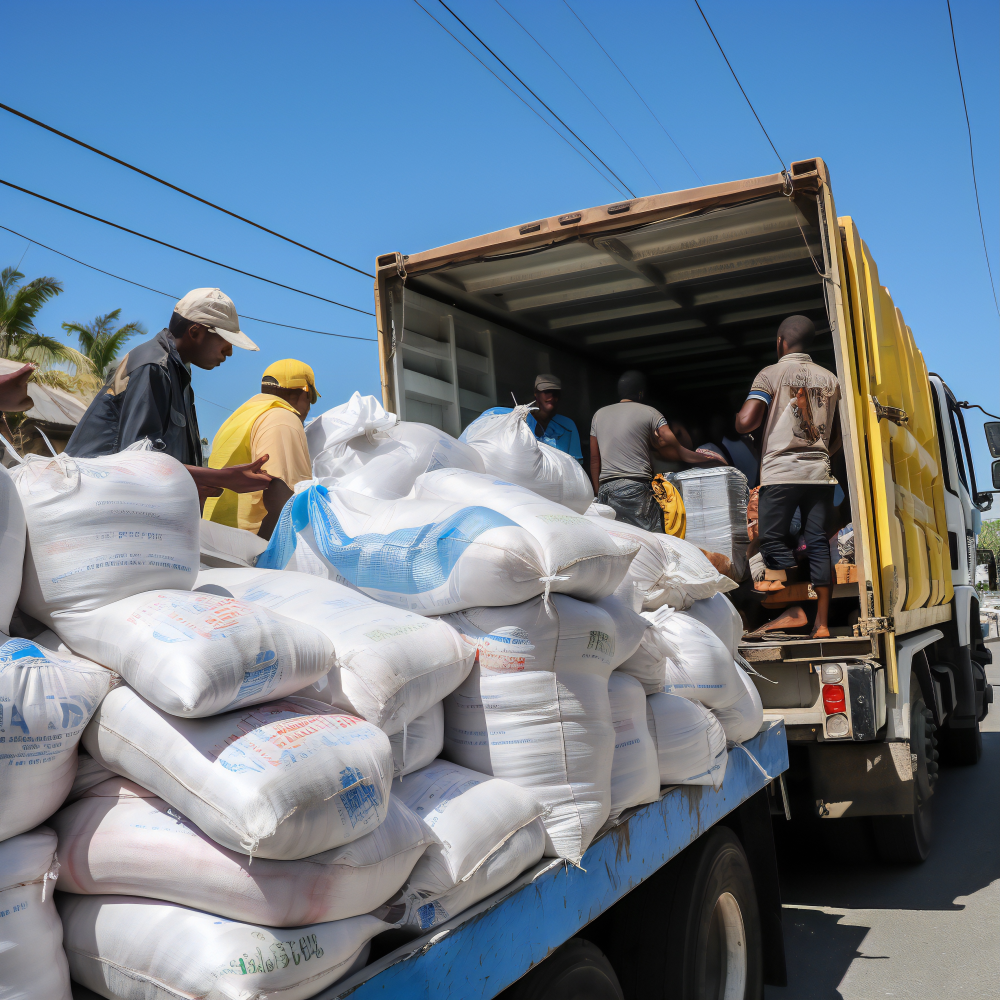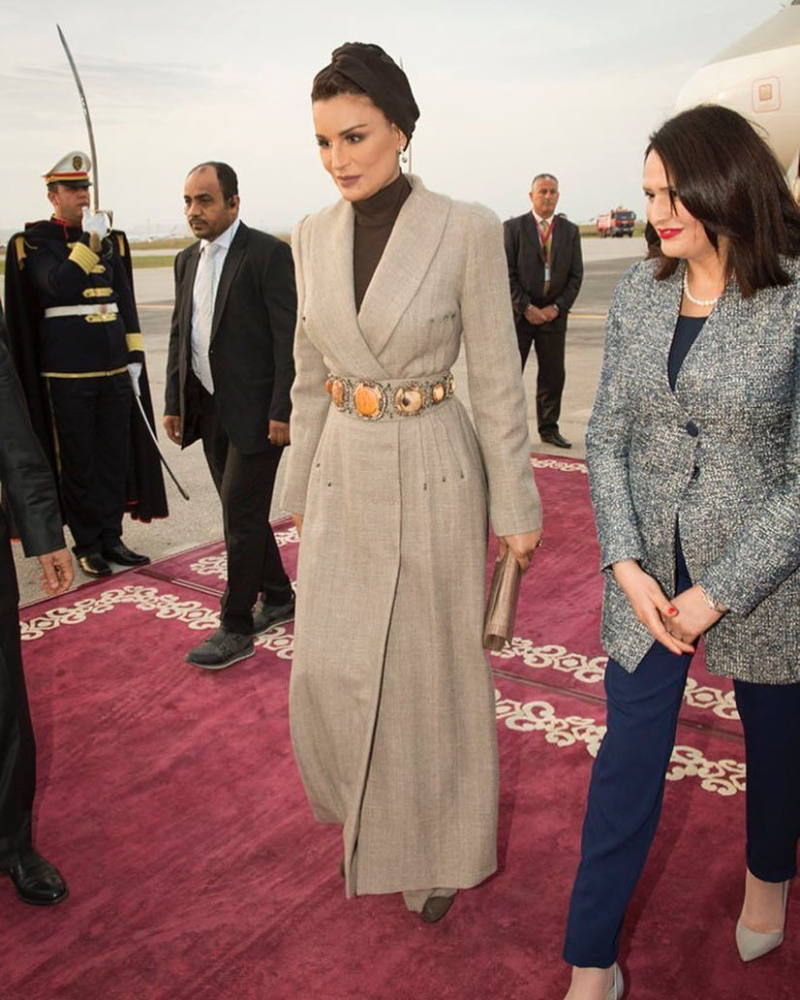The Middle East has always been one of the world’s most contentious regions—now even more so because of the genocide in Gaza, perpetrated by Israel. A recent United Nations (UN) report on Gaza defines the killing there as a “genocide” and urges Israel and all states to “fulfil their legal obligations under international law to end the genocide and punish those responsible.”
Unsurprisingly, Israel has dismissed the report, accusing both the UN and the commission behind it of antisemitism.
According to the report, “The Commission has been investigating the events on and since 7 October 2023 for the last two years and concluded that Israeli authorities and security forces committed four of the five genocidal acts defined by the 1948 Convention on the Prevention and Punishment of the Crime of Genocide—namely killing, causing serious bodily or mental harm, deliberately inflicting conditions of life calculated to bring about the destruction of the Palestinians in whole or in part, and imposing measures intended to prevent births.”
This includes the destruction of the Al Basma IVF clinic in late 2023, which wiped out around 4,000 frozen embryos and more than 1,000 specimens of sperm and unfertilised eggs.
Navi Pillay, Chair of the Commission, stated: “The Commission finds that Israel is responsible for the commission of genocide in Gaza. It is clear that there is an intent to destroy the Palestinians in Gaza through acts that meet the criteria set forth in the Genocide Convention.”
The report also names Israeli President Isaac Herzog, Prime Minister Benjamin Netanyahu, and Defence Minister Yoav Gallant as officials who have incited genocide, noting that “Israeli authorities have failed to take action against them to punish this incitement.”
Although a ceasefire came into effect on October 10, killings have continued. According to an Associated Press (AP) report, 241 Gazans have been killed since the fragile ceasefire began. Gaza’s Health Ministry places the total Palestinian death toll since 2023 at more than 69,000.
A separate report from Al Jazeera on November 8, 2025, states that Israel’s war on Gaza has not only displaced families multiple times and destroyed medical facilities but also left residents with toxic water. The scale of the economic collapse is only now becoming clear.
Another Al Jazeera report, dated November 12, which tracks ceasefire breaches, said Israel has violated the ceasefire 282 times. The report details that Israel fired at civilians 88 times, raided residential areas beyond the “yellow line” 12 times, bombed Gaza 124 times, and demolished property on 52 occasions. It also notes that Israel detained 23 Palestinians from Gaza over the past month.
Furthermore, The Guardian reported on November 10 that the usual constraints facing Israeli Defense Forces (IDF) soldiers—embodied in the motto “means, intent, and ability”—no longer apply. “If you want to shoot without restraint, you can,” said Daniel, the commander of an IDF tank unit, in Breaking Ranks: Inside Israel’s War, a documentary aired on ITV in the UK.
The same article cited UN figures showing that at least 944 Palestinian civilians have been killed while seeking aid near Gaza Humanitarian Aid Foundation (GHF) distribution sites.

Given these conditions, delivering humanitarian aid into Gaza remains fraught with obstacles.
LCD Media reported that among the many objectives of the ceasefire agreement signed on October 8 between Israel and Hamas, ensuring the flow of humanitarian aid to Gaza was meant to be one of the easiest to achieve. According to then–US President Donald Trump’s 20-point plan, “all necessary aid will be sent immediately to the Gaza Strip” through neutral international organisations “without interference from either side.”
The first phase of the agreement called for 600 aid trucks to enter the Strip daily. Compared to disarming Hamas or establishing long-term governance in Gaza, this measure was considered straightforward. After years of deprivation, displacement, and famine, the agreement was expected to finally allow Gazans to receive adequate supplies of food, medicine, and other essentials.
To read more: How Do You Avoid a Humanitarian Catastrophe in Gaza – LCD Media
Beyond the War: Cultural and Economic Developments in the Middle East

Amid the ongoing devastation, other stories in the region offer glimpses of progress and resilience. One example is the opening of Egypt’s Grand Egyptian Museum.
Egypt inaugurated its largest museum amid optimism for economic revival—particularly in tourism and hospitality. More than two billion people watched the opening ceremony on November 1, which the government hoped would “dazzle the world” and reintroduce Egypt as a premier global tourist destination.
To read more: Egypt Bets on the Grand Egyptian Museum to Recover the Economy and Achieve a Major Tourism Revival – LCD Media
Profiles of Influence and Wealth in the Region

LCD Media also features profiles of the Middle East’s most influential and wealthy figures.
In one such profile, “Worth USD15 Billion: First Lady of Qatar, Sheikha Moza bint Nasser,” the publication highlights her reputation for elegance and individuality.
Known for her distinctive style, Sheikha Moza reportedly designs her own looks without a stylist. “I don’t have a stylist because I wouldn’t find anyone who would understand what I want,” she once said. “When I’m exhausted, I go to my dressing room, go through my closets, and try to mix things and fix things.”
Her appearances consistently capture global attention, with fashion commentators describing each as “a lesson in elegance.”
Read more: Worth USD15 Billion: First Lady of Qatar, Sheikha Moza bint Nasser – LCD Media
The Question That Remain
Despite the ceasefire, Gaza’s suffering continues. The UN, global media, and humanitarian organisations have documented extensive violations and worsening conditions. Whether the Western world will act decisively—or continue to look away—remains one of the most urgent and uncomfortable questions of our time.

